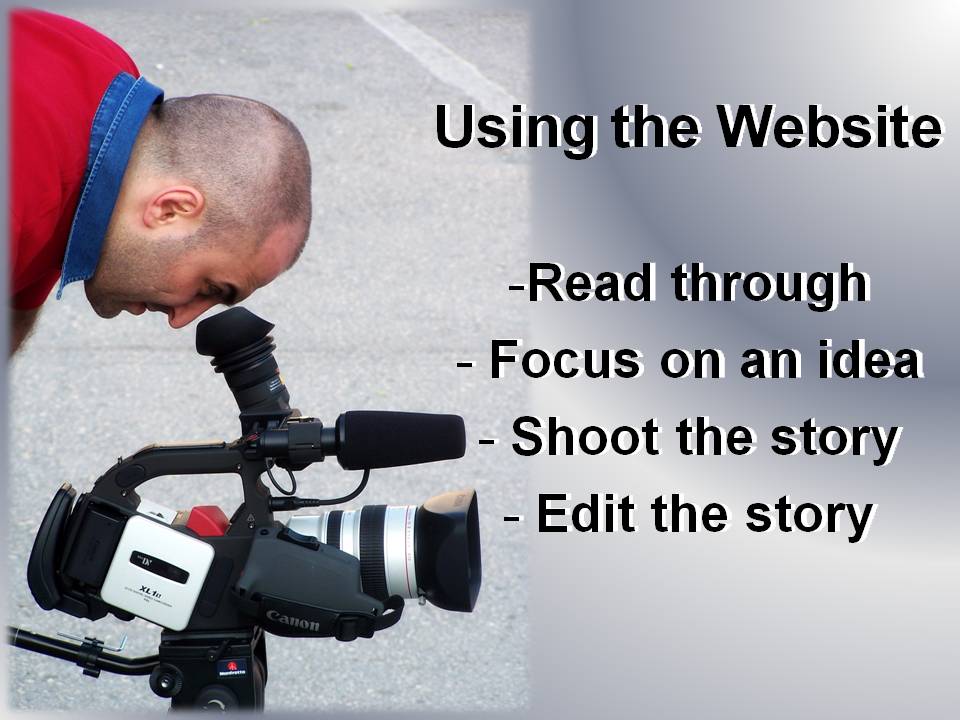Getting right visuals on location
Video is the key element in television. Telling a story without showing what you are talking about can kill the story. Thus, getting the right visuals to tell the story is very important. In order to get the right visuals, Directing the Cameraman becomes one of the key roles of a TV Correspondent. One picture equals thousand words is a cliche, in reality, good visuals in a news story will make it easy for the viewer to understand what is being talked about. Ask yourself, what visuals will convey the points I am trying to highlight. Suggest these very shots to your cameraman.
Shooting Sequentially:
There is little scope to repeat any action while shooting a story for News or a Current Affairs program. For instance, one cannot ask a celebrity to drive his car once again into the Hotel’s porch. So when you shoot any event aim to shoot it in sequence.
Let me explain how you shoot a sequence with the help of an example. Assume you are shooting a dignitary coming into a conference hall and addressing the audience.
1) The first shot could be of the dignitary’s car driving into the porch. You are waiting with your camera there.
2) The second shot would be of the person stepping out of the car.
3) The third shot could be his walking upto the hall’s main door as it is being opened by someone. This shot is taken from behind.
4) You would now have to take the alternative door… and move ahead of the dignitary. Then you could shoot him entering the hall. This shot would be taken from inside the hall
5) From the same position one can follow the movement of the person towards the stage on Camera. For doing that, the camera will have to be positioned accordingly
6) The next shot could be a well-framed shot of him sitting on the stage
7) This can finally be followed by a shot of him walking upto the podium to speak and continue as he speaks
8) Shot of people clapping or laughing (a cut-away) as he speaks
9) Come back to him speaking
When these shots are edited together, a smooth sequence of the dignitary coming to the conference hall and speaking to the audience is created.
Similar sequences can be created in other situations as well.
Keep your eyes open: While shooting a developing story, be ready for any new action. You will need to continuously coordinate with the cameraman to get the relevant shots. Your shot list may undergo a radical change on location. You might need to break out of your earlier notions about the story by being open to new ideas, which strike you on location.
